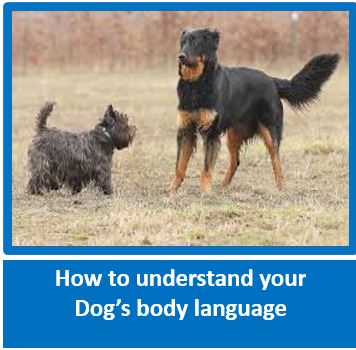
Please visit and LIKE / FOLLOW our Facebook Page and share with family, friends and on your own Facebook page, and ask them to share further – it is only by working together and sharing knowledge and education that we can improve the lives of dogs and assist owners. We do not inundate you with posts – an average of 5 per week, plus one Tip of the Week, and the odd informative post. Thank You!
https://www.facebook.com/friendsofthedog.co.za/
https://www.facebook.com/friendsofthedog.co.za/
Quick Tips to Increase Confidence & Decrease Fearfulness
Courtesy of Pam Young, LVT CDBC CPDT - http://www.dogtrainingbasics.com
Courtesy of Pam Young, LVT CDBC CPDT - http://www.dogtrainingbasics.com

- From FOTD - One of the points not mentioned below, that we personally always take into consideration, is never to push or rush a dog. Just like humans, all dogs learn at a different pace, plus the degree of fear has to be taken into account. A motto that we use in TTouch is "Work with where the dog is at". Not grammatically correct, however, it describes the manner in which to work perfectly.
We also recommend, that if the fear is extreme, to please bring in the services of a professional canine behaviourist.
THE TIPS
- *NEVER tell dog it is OK when it is not
- Use "Jolly Routine" with play, treats, or toys to get dog thinking about something OTHER than what is concerning him
- Emphasis on appropriate praise for appropriate behavior
- PATIENCE, CONSISTENCY
- Remove emotion, especially disappointment or anger!
- Favorite treat and/or toy reserved for stressful times ONLY
- "Strangers" should have special treats (they are "treat dispensers")
- Obedience commands work to get dog thinking rather than reacting
- Tone of voice is VERY important! Sweet, soft tones are reassuring and should ONLY be reserved for cuddle times
- Normal, matter of fact tones of voice conveys confidence
- Teach a "watch me" command – watching you will keep your dog safe
- Exposures to new things should be carefully planned, timed & supervised
- Clear commands, few words, NO asking/pleading, but BE NICE!
- ON LEASH when challenging situations happen
- Backsliding is expected and prepared for
- Tug games can increase confidence (need to also teach an "out" command)
- Teach thinking games at home: names of family, toys, places, objects...
- Prevent hiding & cowering away from fearful things
- Use a word or phrase in place of "It's OK" ("Oh, you're being SILLY!"). Use your matter of fact tone of voice to cue the dog to something OTHER than the fearful object or situation ("sit", "watch me", etc)
- "Let's say hi" is a good phrase to cue your dog to interacting with strangers, and have plenty of tasty treats & jolly praise handy!
- "Look" is good for introductions to potentially fearful objects, along with a jolly, confident attitude
- Petting and touch reserved for non-fearful or non-shy behavior (petting can inappropriately praise this behavior!)




